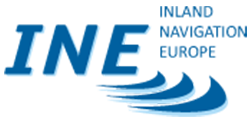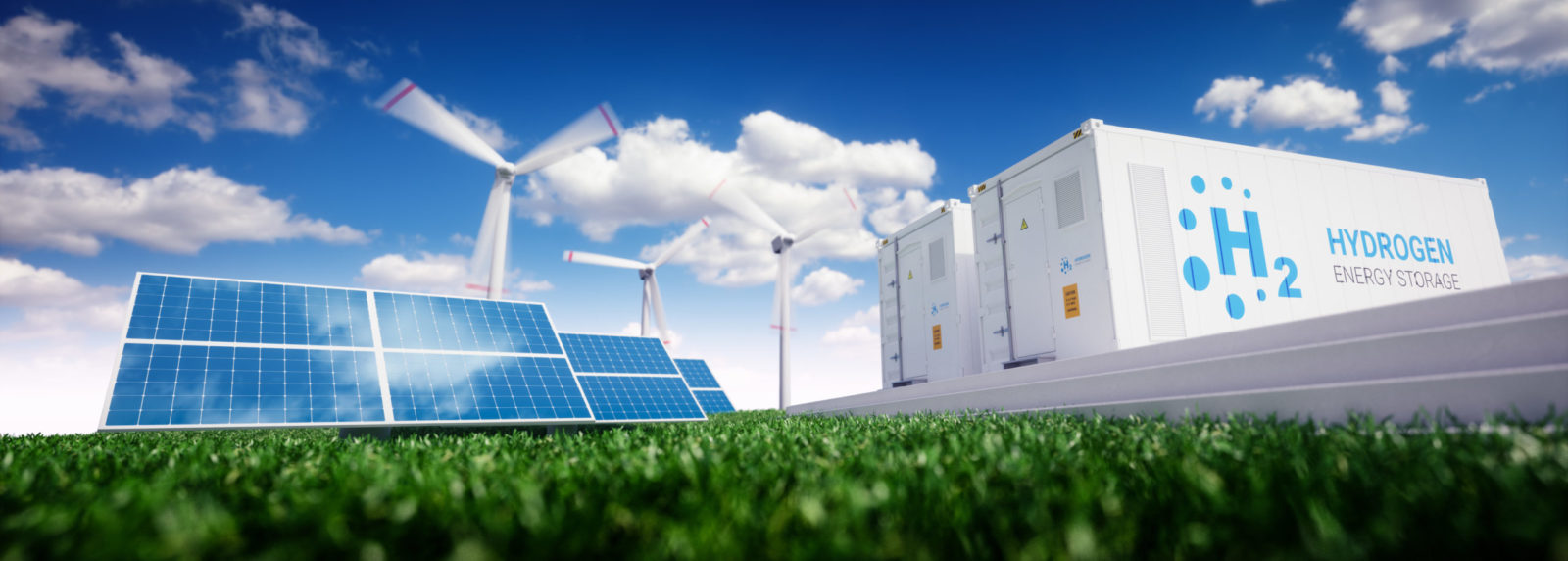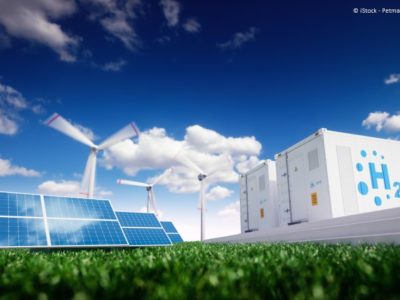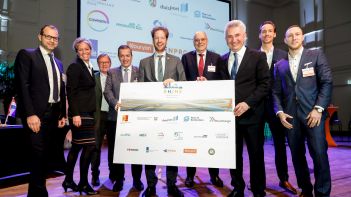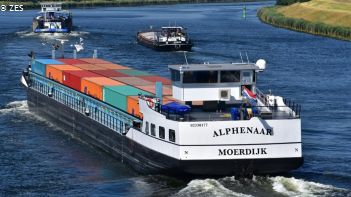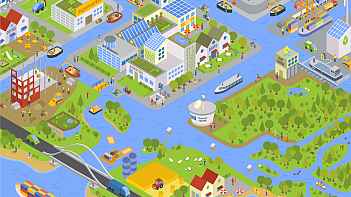Green energy
Developing energy corridors
The European Green Deal aims at cutting emissions by at least 55% by 2030. By 2050, Europe aims to become the world’s first climate-neutral continent. This goal is enshrined into law with the EU Climate Law. In the meantime, new options for clean propulsion of ships emerge and are being tested. A supportive policy framework for clean propulsion and progressive no-regret measures are helpful to keep investment risk under control.
Rebooting the energy use by transport requires synergies with the EU energy policy and TEN-E. Integrating waterway transport from the start in the developing value chains for renewables from production to end user presents a double advantage. The best way forward for upscaling is to create combined transport-energy corridors linking up ports as energy hubs. A relatively small sector such as inland waterway transport will definitely benefit from the scale effects and cooperation to accelerate its transition. In addition, its potential as large volume carrier for renewables can be harnessed.
Legislation in revision
The EU adopted in 2024 a new Alternative Fuels Infrastructure Regulation (AFIR) as part of the Fit for 55 Package, on which Parliament and Council reached a deal in March 2023. Mandatory targets are proposed for shore-side electricity supply in sea and inland ports. All TEN-T core inland should install by 2025 at least one shore-side electricity facility, all TEN-T comprehensive inland ports should follow by 2030.
The Commission acknowledges that fleet conversion should take place gradually due to the long lifetime of the ships. Nevertheless, it hopes that hydrogen and electricity will enter the market more quickly because of smaller vessels and shorter distances in inland waterways and the emergence of zero-emission powertrain technologies. Given the high investment costs of hydrogen and battery conversion, the availability of affordable and sustainable drop-in fuels is very important. To promote alternative fuels and develop alternative refueling infrastructure, the Commission proposes that Member States prepare by 2024 national policy frameworks including a detailed strategy for the decarbonisation of inland waterway transport along the TEN-T network in close cooperation with other Member States.
Green energy transport value chain

Priorities for INE
On-shore power supply facilities are important to help decarbonise inland vessels at berth. Continued EU co-financing through the Connecting Europe Facility and other funding programmes are essential to install these expensive assets. Two other important factors to be addressed are grid access at berth and sufficient grid capacity.
- The high investment costs related to hydrogen and battery conversion are not within reach of every shipowner. The availability of affordable and sustainable drop-in fuels is very import to accelerate the green transition of inland shipping.
- The national frameworks are welcomed but battery, hydrogen and other sustainable fuels infrastructure should definitely be deployed along a corridor approach. Installing alternative refueling infrastructure in each inland port is economically unviable and in practice unnecessary. It could lead to oversupply in one region and undersupply in another, inland ports are not evenly distributed along waterways.
- The European corridors should be used to plan and coordinate the deployment of all alternative fuels infrastructure along their corridors to ensure an adequate supply of those alternative fuels that meet the needs of waterway users, industry and match the geographic realities.
- At the same time interoperability between corridors should be safeguarded and fragmentation prevented. This will also enable cross-sector cooperation accelerating the transition by creating economies of scale and improve the business case. European coordinators are well placed to help integrate industrial, transport and energy policy across sectors, regions and borders to shape smart multi-modal transport and energy corridors.
Corridors are well placed to help integrate industrial, transport and energy policy across sectors and corridors
